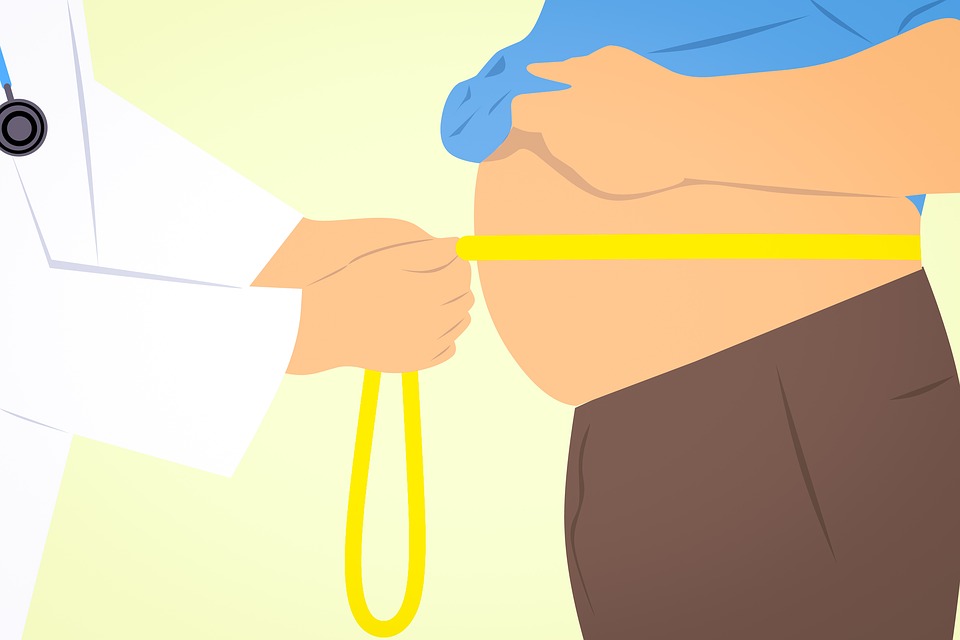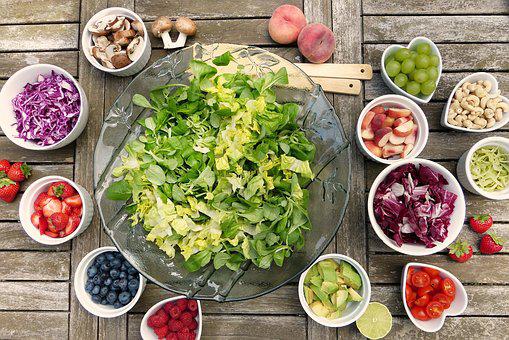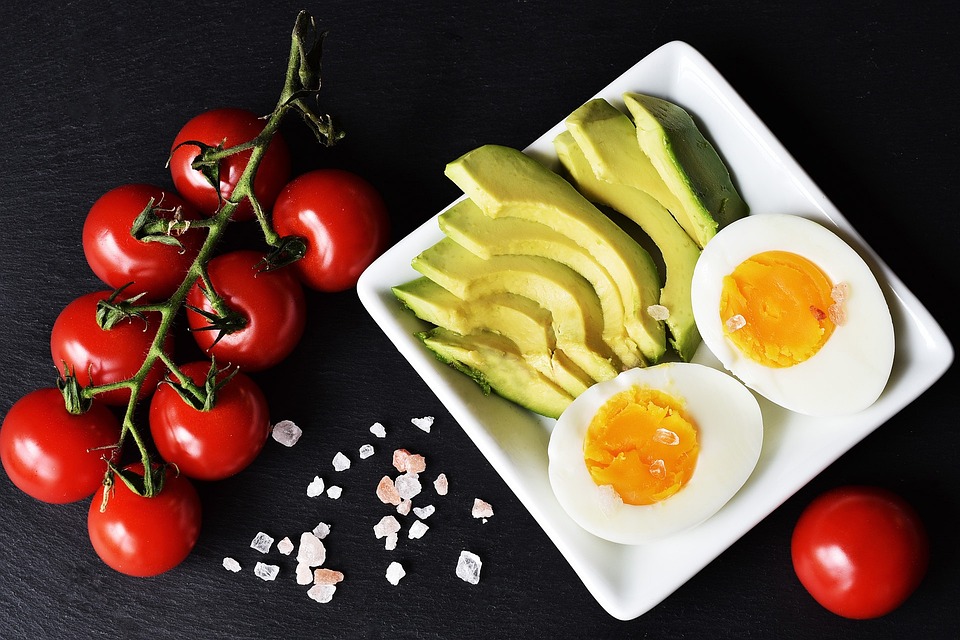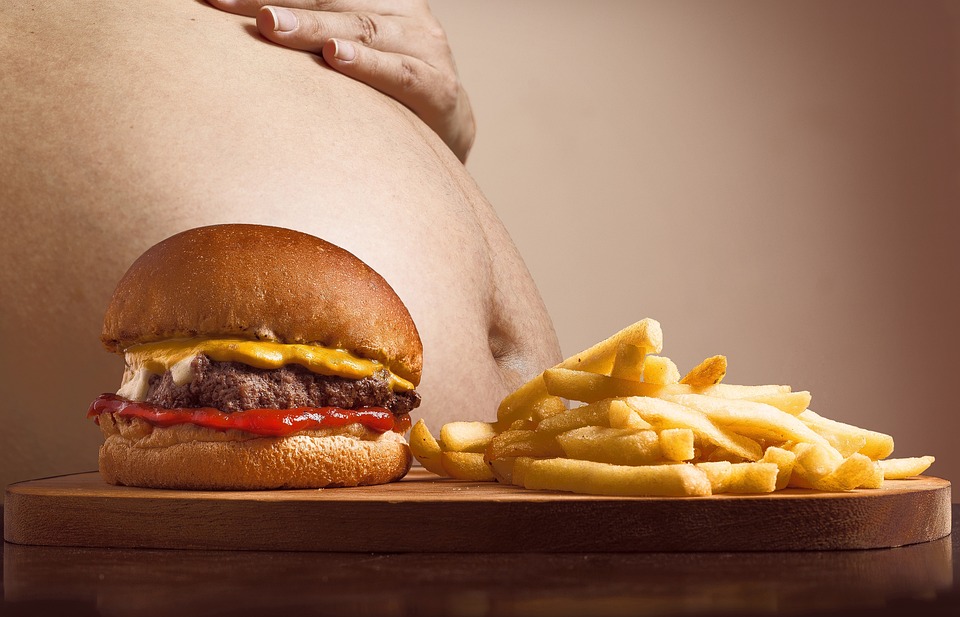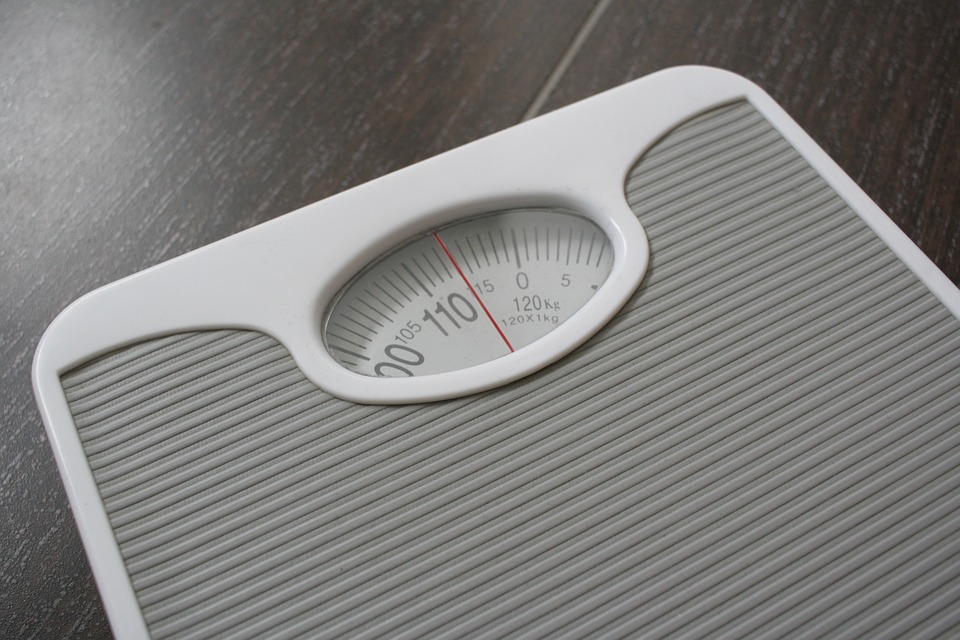
The energy in the carbohydrates, fats, and proteins consumed through your diet is used to drive molecular, cell, and organ system functioning. Importantly, the energy is stored primarily as fats. It is the amount and type of food consumed, processed in the body, and absorbed that impacts the quantity of fat that is kept as additional energy. The types of food you consume and the amount of food you consume both have an immense influence on your health. Consuming an excessive or inadequate amount of food can result in dangerous medical conditions, such as coronary heart disease, cancer, anorexia nervosa, and diabetes, to name a few. When an unhealthy diet is combined with factors like smoking or toxic environmental conditions, the medical risks become much higher.
Food and Metabolism
The daily energy requirement or intake is quantified in terms of calories. One calorie is the energy needed to heat up 1 gram of water by one degree Celsius. Typically, an individual requires 1500-2000 calories daily to maintain their daily operations. The amount of calories an individual requires daily is based on a variety of factors such as body mass, age, height, gender, physical activity level, and amount of physical activity per day. If a person works out every day, they need to consume more calories. People usually overestimate how many calories they burn when exercising and underestimate the amount of calories they consume. This could result in an intake of too many calories in a single day. Gaining an additional 3500 calories will lead to the addition of one pound in weight. If you consume more than 200 extra calories a day, you will gain an additional pound of weight about every 18 days. At that speed, 20 additional pounds can be gained within the span of one year. Naturally, one could balance out the extra calories by doing more physical activity. Running or jogging one mile burns almost 100 calories.
The kinds of food eaten also influences the body’s metabolic rate. Carbohydrates require less energy to process than proteins do. It takes much less energy to break down carbohydrates than it does to process proteins, which requires the most energy. The overall weight is largely impacted by the difference between the amount of calories consumed and the amount of calories expended. In order to shed pounds, you must burn more calories than you consume in a day. You need to take into account the calories present in drinks when thinking of your calorie intake since they are present in most things you consume.
The USDA has made alterations to the MyPyramid food guidelines by introducing the MyPlate system in order to offer recommendations on the types and amounts of food that should be consumed daily. They have placed the essential items of a nutritious dish in the arrangement of a table’s worth of food. MyPlate divides food into the common six food groups: fruits, vegetables, grains, proteins, dairy products, and oils. The website included gives a thorough explanation on how much and what types of food you should eat daily, as well as giving an outline of which foods are classified in each category. It is suggested to fill half of your plate with fruits and vegetables and split the remaining half between grains and protein, with more grains than protein. Milk can be consumed as a beverage, but the same amount can also refer to different dairy items.
Metabolism and Obesity
Obesity in the United States is an epidemic. The rate of obesity has seen an increase since the 1980s. In the 1990s, most states’ obesity rates were no higher than 10 percent, with the highest rate of 15 percent observed in one particular state. By 2010, the U.S. The Centers for Disease Control and Prevention released figures showing that 36 percent of grown-ups aged 20 or over were considered obese and 33 percent were classified as overweight, which only leaves 30 percent falling into the category of a normal weight. Investigations reveal that the most extreme levels of obesity are typically experienced in the states located in the South. The rate of obesity among children is increasing.
A person’s obesity level is determined using the body mass index (BMI), which is an indicator of their weight-to-height ratio. One’s Body Mass Index should be between 18 and 24.9 kg/m2 to be deemed healthy. Having an excessive amount of body fat is determined by having a Body Mass Index (BMI) between 25 to 29.9 kg/m2, and obesity is classified as having a BMI of more than 30 kg/m2. Being overweight or obese can be caused by a variety of things like consuming too much food, unhealthy eating habits, not exercising enough, lack of sleep, and hereditary characteristics, as well as illnesses or medications. Extended-term overweight can lead to numerous serious medical conditions, like coronary heart disease, type 2 diabetes, tumors of the colon, breast, or uterus, hypertension, elevated blood cholesterol or triglyceride levels, stroke, liver disorder, gall bladder disorder, respiratory and sleep illnesses, osteoarthritis, and infertility. Studies have demonstrated that slimming down can assist in decreasing or even turning around the problems connected to these diseases.
Why MyPlate?
Does MyPlate provide an optimal dietary approach for all individuals? Does this make the US’ eating habits better than they are currently? Do you want to lose weight or pursue optimal health through nutrition?
I looked up the responses to these queries on the MyPlate campaign’s official website, www.ChooseMyPlate.gov. According to their site, the image is designed:
It is intended to encourage Americans to consume nutritious food, not to alter their habits.
It does not appear that their aspirations with MyPlate are overly ambitious. Instead, they’re just “reminding Americans to eat healthfully.”
It is understood that Americans know how to have a nutritious diet. Current obesity and food spending trends indicate otherwise. This also points to the fact that the USDA is aware of the correct way to consume food in a healthy manner. I’m not sure about that either.
Finally, it implies that “healthfully” has a definition. I don’t think it does. The meaning of the expression is so imprecise that it can be interpreted differently by people. Want to lose weight? Surely that’s healthy. Build muscle? Healthy too, right? Drop cholesterol? Healthy. Combat type II diabetes? Healthy. Is it possible to come up with guidelines that would promote all of these healthy elements together? Probably not.
Rather than discussing the meanings of words, let’s focus on accountability. Here’s a quote from Agriculture Secretary Tom Vilsack:
We are not demanding what people should consume; we are providing them with an instruction manual… We are not implying that they should eliminate treats or desserts. That’s not what it’s about.”
I get the guiding concept. Given the sudden climb in obesity levels in North America, wouldn’t it be beneficial to advise people to consume fewer cookies? Honestly, Tom?
Why can’t our most prominent governmental food institution take charge and inform people to consume fewer foods with negligible nutritional value? I believe it is related to the contrasting aims of the USDA.
When healthy people and healthy businesses are at odds.
I appreciate the difficult task the USDA faces. It is difficult to try to please everyone while also keeping them healthy, especially if the advised actions contradict what would be beneficial for the industry.
An example of how two notions of health oppose each other can be seen when it comes to nutrition: the idea that one should consume less and the requirement of the industry to purchase increased amounts of food.
What is the USDA’s MyPlate approach to resolving the conflict? Well, they tackle it admirably. Bravely, in fact. Advocates for decreased eating and suggesting cutting down portion sizes have been met with considerable backlash from different sectors of the industry.
The only issue is that the suggested course of action is so broad and susceptible to personal interpretation that I’m uncertain to what extent it has actually been effective. Eat less than what? What exactly are “oversized portions”?
It appears that the USDA’s new MyPlate guidelines have an implied directive of consuming some of all kinds of food, such as fruits, vegetables, processed grains, unprocessed grains, protein, and dairy. With every meal.
This can be seen as encouraging people to sample various food items, however, I don’t think we should make it a goal to eat a bit of everything in one sitting. In addition, it is evident to note the marketing practices that come after.
The USA Rice Federation President and Chief Executive Officer, Betsy Ward, has provided the following statement.
The USDA realizes the significance of enriched white rice and brown rice (whole grain) by taking up a significant quantity of them in the diet.
MyPlate guidelines promote foods from all kinds of food groups. This could be rephrased as: While this is beneficial for the food industry, it can be disadvantageous for those who have little knowledge of their food choices.
Where’s the nutritional science behind MyPlate?
I am not one who believes in conspiracy theories, so I do not want to exaggerate the sometimes detrimental relationship between food businesses and the U.S. Department of Agriculture. I don’t think I’m so all-knowing as to say that I know all the factors that the USDA takes into account.
I, however, have the scientific information available. This clearly demonstrates that when devising the MyPlate guidelines, science was not the only factor taken into consideration. Here are a few examples.
Too much dairy
Milk-based products remain a distinctive category of food. Millions of people may struggle to properly process lactose (lactose intolerance), experience an allergic reaction to milk protein (milk protein allergy), or shun it due to worries about pasteurization and homogenization along with the presence of potentially damaging hormones and antibiotics in dairy-based products.
Why is dairy given its own category when all other sources of protein, such as beans, seafood, nuts, and meats, are classified together?
Apologists might say it’s because of the calcium. Is it possible to form a group that has plenty of calcium and consists of sources besides dairy, such as green leafy vegetables and fortified non-dairy milk?
Where’s the water?
Water is a nutrient. So why isn’t water represented anywhere on the graphic? Why is the only visible beverage dairy?
I’m left speculating whether the dairy industry is more influential than the water industry. (Just something to think about.)
Where are the healthy fats?
What are the sources of healthy fats, such as those found in fish oils, olive oils, and other plant-based oils? In my view, the biggest mistake with the MyPlate presentation is that it doesn’t include any healthy fats.
Epidemiological studies are rock-solid. Eating a diet that has a moderate amount of beneficial fat in the correct proportion gives great advantages. It is clear that if the American diet included a higher proportion of monounsaturated and omega-3 fatty acids, in comparison to grains, it would result in a significant decrease in the amount of people suffering from hypertension, heart disease, and stroke.
So, why are healthy fats not even mentioned?
Could the grain producers have more power than the avocado growers? (Again, something to think about.)
These are my biggest criticisms of the MyPlate recommendations. However, I do have a few other nitpicky things.
The difference between fruit juice and fresh fruit
MyPlate advisements state that regardless of its form, consuming fruit or 100% fruit juice is part of the Fruit Group. Therefore, canned, dried, and fresh fruits are all equal.
Unfortunately, there is a marked difference between fruit juice, dried fruit, and fresh fruit. Processing and absorption of nutrients differ to an extent between different foods, resulting in distinct nutrient profiles. Why are all fresh fruits thought of as being equally beneficial when they are actually much better than their counterparts? Probably because it’s good for the food processing industry.
The difference between vegetable juice and fresh vegetables
The advice proposes that any vegetable or vegetable juice that is completely composed of vegetables counts as part of the Vegetable Group. Same problem. Store-bought vegetable juice and actual vegetables are not the same, with vegetables having an advantage.
High carbs for everyone?
It is proposed that everybody ought to incorporate grains and fruit with each meal, implying that a diet high in carbohydrates is optimal for everyone. Diabetes statistics suggest otherwise. So do body type and activity differences between people.
Diets that contain more carbohydrates are suitable for active people with good control of their blood sugar levels. For those who do not engage in physical activity much and/or are exhibiting early signs of type 2 diabetes, which is a large percentage of the US population, a diet higher in carbohydrates is the most damaging dietary option. I imagine the grain industry would not permit the discussion of consuming fewer carbs.
Did MyPlate get anything right?
It is necessary to not totally disregard the MyPlate guidelines even though they are overly broad, too lax, and favor the food sector before the healthiness of customers.
Contrasting a plate filled with processed snack foods and French fries, and a jumbo soda to the MyPlate diet provides an easy victory for the latter. In the end, the other half consists of vegetables and fruit.
MyPlate recommends including a source of protein with each meal, which would be beneficial to most people. I think it would be better to label the group “protein” rather than “meats and beans” because it encompasses all the possible food choices within the group.
Finally, past dietary guidelines have advocated for a diet heavily dependent on grains, whereas this model attempts to reestablish a balance of grains along with other food sources. This encourages people to consider consuming more whole grains rather than processed ones.
Yes, there are some good things about MyPlate.
If you’re redesigning the Food Pyramid to include new dietary guidelines, why not be specific and commit to making significant changes? I shudder at the thought of how many resources were used to create the MyPlate guidelines. Wouldn’t it have been better to create something more meaningful?



